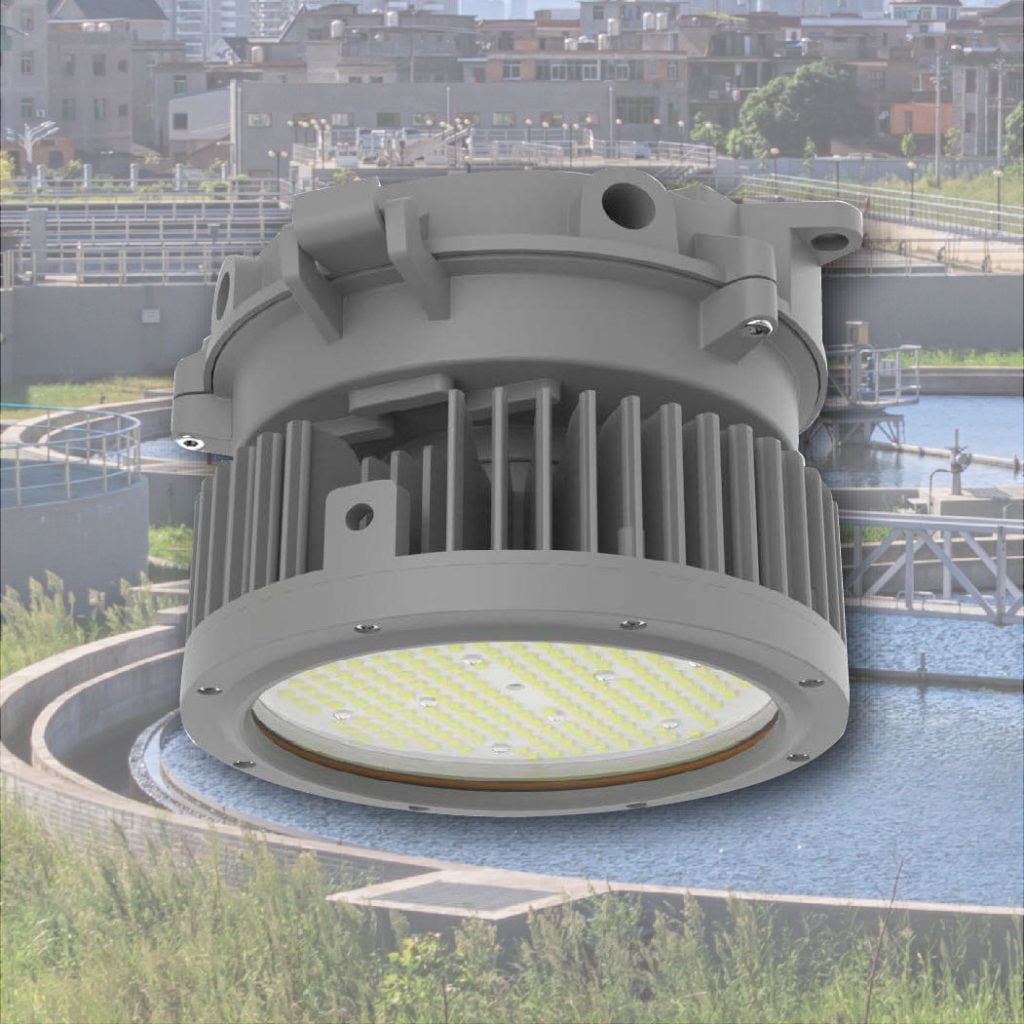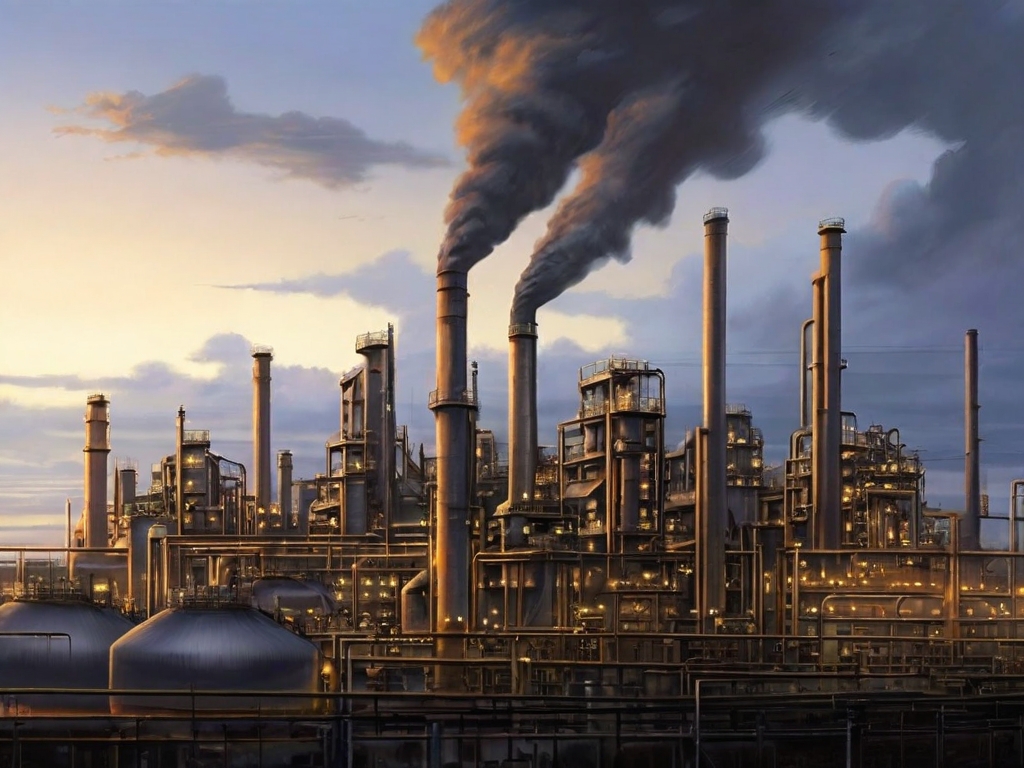When it comes to hazardous environments, safety is paramount. This is where Intrinsically Safe Store comes in, providing a range of intrinsically safe products designed to ensure safety in high-risk areas. One of the key products we offer is intrinsically safe lighting, designed to provide maximum coverage in hazardous areas. In this article, we will delve into the intricacies of designing such lighting systems. So, let’s illuminate the subject!
Understanding Intrinsically Safe Lighting
Designers create intrinsically safe lighting to operate in potentially explosive or hazardous environments without causing ignition. They design these lighting systems to limit the electrical and thermal energy to a level below what is required to ignite a specific hazardous atmospheric mixture.
Key Considerations in Designing Intrinsically Safe Lighting
Designing intrinsically safe lighting involves several key considerations to ensure maximum coverage and safety in hazardous areas:
- Light Output: The lighting system should be providing sufficient illumination for the tasks that are being performed in the hazardous area.
- Beam Pattern: The beam pattern should be wide enough to cover the entire work area without causing glare or shadows.
- Power Source: The power source should be reliable and safe, typically involving low-voltage DC power supplies or batteries.
- Material: The materials used in the lighting system should be robust and resistant to the specific hazards present in the environment.
Case Study: Maximizing Coverage in a Chemical Plant
A chemical plant, with its potentially explosive atmosphere, is a prime example of a hazardous area where intrinsically safe lighting is crucial. In one such plant, the supplier provided a lighting solution that maximized coverage and safety.

The solution involved a combination of high-output LED lights with a wide beam pattern, powered by low-voltage DC power supplies. Robust, corrosion-resistant materials housed the lights to withstand the harsh chemical environment. This resulted in a lighting system that provided excellent coverage and safety, reducing the risk of accidents and improving productivity.
Statistics Highlighting the Importance of Intrinsically Safe Lighting
According to the U.S. Bureau of Labor Statistics, there were approximately 2,000 nonfatal workplace injuries in the chemical manufacturing industry in 2019. Many of these injuries could have been prevented with better lighting. This underscores the importance of intrinsically safe lighting in hazardous areas.
Intrinsically Safe Lighting: Maximizing Coverage
Designing intrinsically safe lighting for maximum coverage in hazardous areas is a complex task that requires careful consideration of several factors. However, with the right approach, it is possible to create a lighting system that not only ensures safety but also enhances productivity.
At the Intrinsically Safe Store, we specialize in providing intrinsically safe lighting solutions tailored to the specific needs of your hazardous environment. Contact us today to learn more about how we can help illuminate your workspace safely and effectively.


























